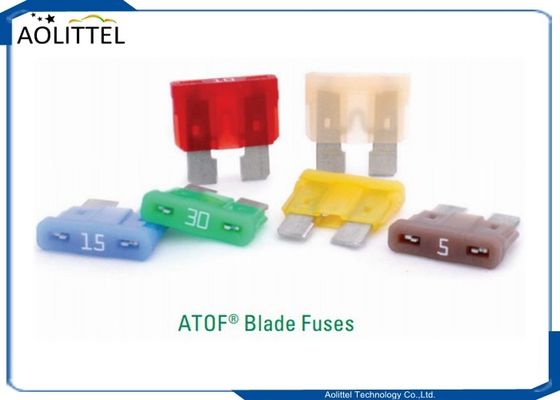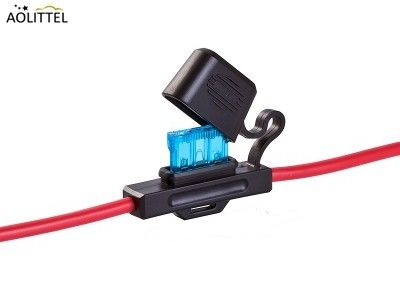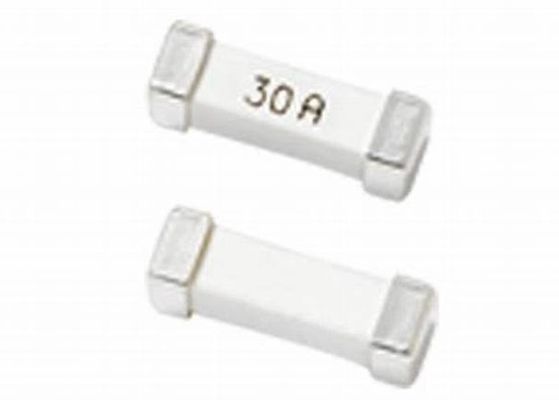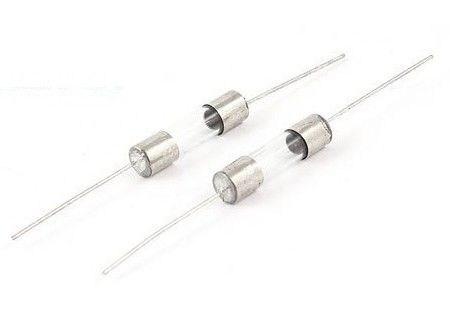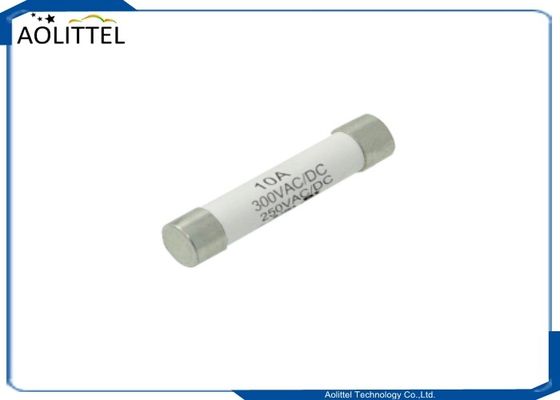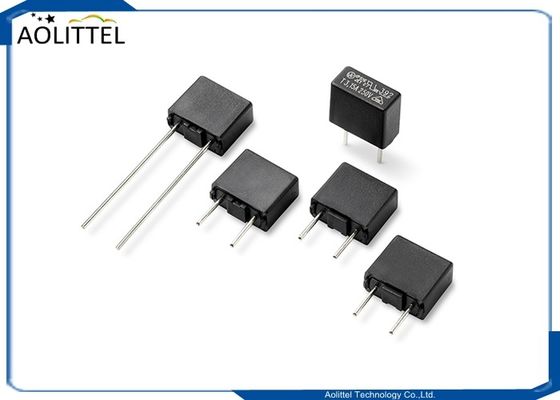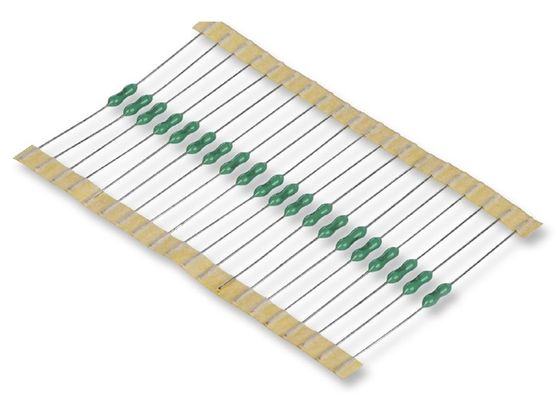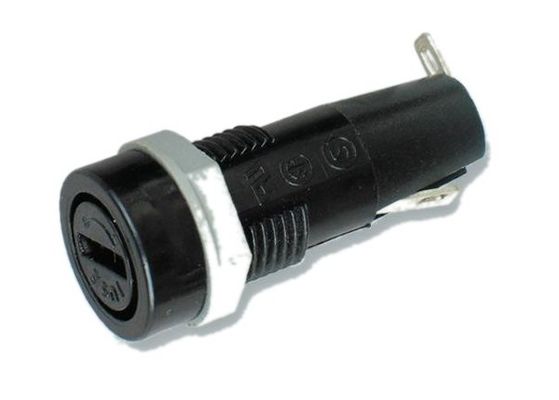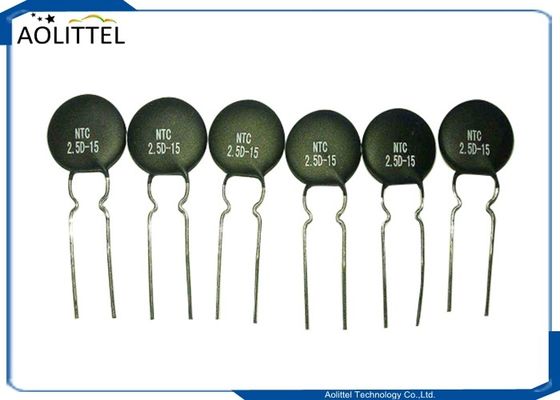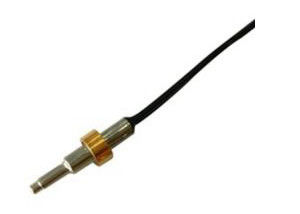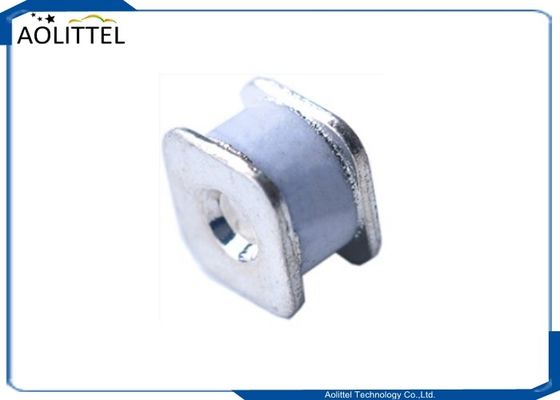Although primarily intended as an overcurrent protection device, many devices have been successfully used to prevent overtemperature conditions as well. A good example of this is our D product family which allows battery pack designers to eliminate thermal devices from some designs due to the low activation temperature of this product family.
Example- JK130 series Electrical Characteristic
| Model |
Ihold(A) |
Itrip(mA) |
Vmax interrupt(V) |
Imax(A) |
Pd max(W) |
Maximum Time to Trip |
Resistance(Ω) |
| Current (A) |
Time(S) |
Rmin- Rmax |
| JK130-010 |
0.10 |
0.20 |
130 |
3 |
0.8 |
0.5 |
6 |
2.5-9.0 |
| JK130-015 |
0.15 |
0.30 |
130 |
3 |
0.8 |
0.75 |
5.5 |
2.5-7.5 |
| JK130-017 |
0.17 |
0.34 |
130 |
3 |
0.8 |
0.85 |
5.2 |
1.5-7.0 |
| JK130-020 |
0.20 |
0.40 |
130 |
3 |
0.8 |
1.0 |
5.0 |
1.9-4.0 |
| JK130-025 |
0.25 |
0.50 |
130 |
3 |
1.0 |
1.25 |
4.8 |
1.45-3.50 |
| JK130-030 |
0.30 |
0.60 |
130 |
3 |
1.0 |
1.5 |
4.5 |
1.0-3.0 |
| JK130-040 |
0.40 |
0.80 |
130 |
3 |
1.0 |
2.0 |
4.5 |
0.75-2.0 |
| JK130-050 |
0.50 |
1.0 |
130 |
3 |
1.0 |
2.5 |
5.0 |
0.50-1.60 |
| JK130-065 |
0.65 |
1.3 |
130 |
10 |
1.0 |
3.25 |
5.2 |
0.45-1.0 |
| JK130-075 |
0.75 |
1.5 |
130 |
10 |
1.0 |
3.75 |
5.5 |
0.40-0.90 |
| JK130-090 |
0.90 |
1.8 |
130 |
10 |
1.5 |
4.5 |
5.8 |
0.30-0.70 |
| JK130-110 |
1.10 |
2.2 |
130 |
10 |
1.8 |
5.5 |
6.3 |
0.20-0.65 |
| JK130-135 |
1.35 |
2.7 |
130 |
10 |
1.8 |
6.75 |
7.5 |
0.15-0.60 |
| JK130-160 |
1.60 |
3.2 |
130 |
10 |
2.0 |
8.0 |
8 |
0.10-0.50 |
| JK130-185 |
1.85 |
3.7 |
130 |
10 |
2.0 |
9.25 |
9 |
0.10-0.40 |
| JK130-200 |
2.00 |
4.0 |
130 |
10 |
2.2 |
10.0 |
10 |
0.10-0.30 |
| JK130-250 |
2.50 |
5.0 |
130 |
10 |
2.5 |
12.5 |
12 |
0.05-0.25 |
IH=Hold current:maximum current at whichthe device will not trip at 25℃ still air.
IT=Tripcurrent:minimum current at which the device will nalways at 25℃ still air.
Vmax=Maximum voltage devicecan withstand without damage at rated current.
Imax=Maximum faultcurrent device can withstand tithout damage at rated voltage.
Ttrip=Maximum time totrip(s) at assigned current.
Pd=Typical powerdissipation:typical amount of power dissipated by the decice when in state airenvironment.
Rmin=Minimum deviceresistance at 25℃ prior to tripping.
Rmax=Maximum deviceresistance at 25℃ prior to tripping.

 Your message must be between 20-3,000 characters!
Your message must be between 20-3,000 characters! Please check your E-mail!
Please check your E-mail!  Your message must be between 20-3,000 characters!
Your message must be between 20-3,000 characters! Please check your E-mail!
Please check your E-mail! 
